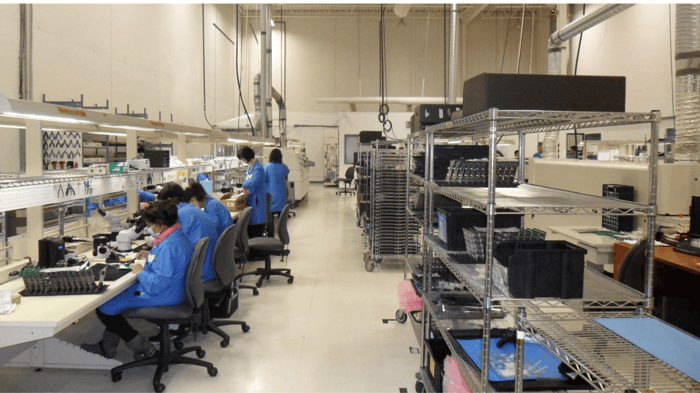In recent years, e-commerce has become increasingly popular as consumers are increasingly shopping online. However, there is still a significant market for in-person retail experiences. If you are an e-commerce store looking to shift to an in-person retail model, there are some important things to consider.
In this blog, we will explore some of the steps you can take to make a successful transition from an e-commerce store to an in-person retail model.
1. Determine Your Location
One of the first things you need to do is determine your location. This will depend on your target market and the type of product you are selling. You will need to find a location that is easily accessible to your target market and that has the necessary infrastructure to support a retail store, such as parking and public transportation.
2. Choose Your Store Design
Once you have determined your location, you will need to choose your store design. This will depend on your budget, your brand, and your target market. You will need to decide on the layout of your store, the types of fixtures and displays you will use, and the overall aesthetic of your store. You may want to hire a professional interior designer to help you create a space that is both functional and visually appealing.
3. Develop Your Marketing Strategy
Developing a marketing strategy is crucial to the success of your in-person retail store. You will need to create a marketing plan that includes both online and offline tactics. This could include email marketing, social media advertising, direct mail campaigns, and local advertising in newspapers or magazines.
4. Hire and Train Staff
Hiring and training staff is critical to the success of your in-person retail store. You will need to find employees who are knowledgeable about your products and who can provide excellent customer service. You will need to develop a training program that ensures your employees understand your products and can communicate with customers effectively.
5. Develop a Product Mix
Developing a product mix is essential to the success of your in-person retail store. You will need to determine which products you will carry and how you will merchandise them. You will need to consider the seasonality of your products, the demographics of your target market, and the competition in your area.
6. Create an Omnichannel Strategy
To maximize your sales, you will need to create an omnichannel strategy. This means integrating your in-person retail store with your e-commerce store. You will need to create a seamless shopping experience for customers, whether they are shopping in-store or online. This could include offering in-store pickup for online orders, providing product information through QR codes, or allowing customers to order online while in-store.
7. Monitor and Adjust
Finally, you will need to monitor and adjust your in-person retail store. This means tracking sales, foot traffic, and customer feedback. You will need to be willing to make changes to your store design, product mix, and marketing strategy based on the feedback you receive from customers.
In conclusion, shifting from an e-commerce store to an in-person retail model can be a significant undertaking. However, by following these steps, you can increase your chances of success and create a unique and engaging shopping experience for your customers.
By creating a seamless omnichannel strategy, you can create a shopping experience that is both convenient and memorable for your customers. With the right approach, you can successfully shift from an e-commerce store to an in-person retail model and take your business to the next level.





